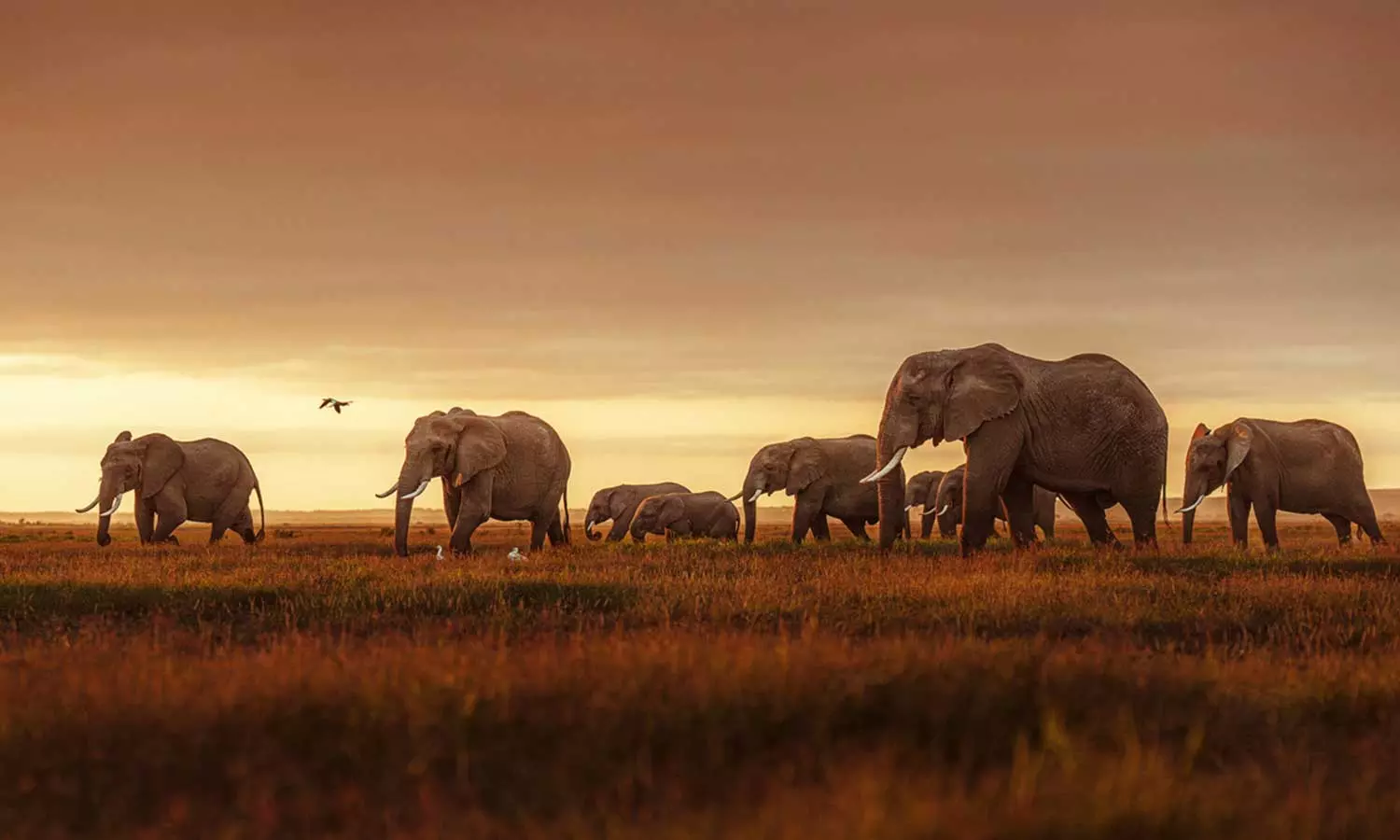Global Wildlife Population Declined By 73% In 50 Years: WWF Report
The report warns that parts of our planet are approaching dangerous tipping points driven by the combination of nature loss and climate change

The global wildlife population has shrunk by an average of 73% in the past 50 years. According to the World Wildlife Fund‘s (WWF) Living Planet Report 2024, the steepest decline is in freshwater populations (85%), followed by terrestrial (69%) and then marine (56%). The report also warns that parts of our planet are approaching dangerous tipping points driven by the combination of nature loss and climate change, which pose grave threats to humanity.
The Living Planet Report 2024 is based on the Living Planet Index, which tracks almost 35,000 vertebrate populations of 5,495 species from 1970-2020. The report also found that habitat loss and degradation and overharvesting are the dominant threats to wildlife populations around the world.
The #LivingPlanetReport is a health check for our world and the people and wildlife that rely on it for survival.
— WWF UK (@wwf_uk) October 10, 2024
But the latest data shows that our planet’s health is failing.
By working together, we can bring our world back to life. 🌍
🔗 https://t.co/5BMthg0V25 pic.twitter.com/1KpsrIS6yj
The sharp declines occurred in Latin America and the Caribbean, with an average drop of 95%, followed by Africa (76%), Asia–Pacific (60%), North America (39%), and Europe and Central Asia (35%). “Sharp declines in wildlife populations are a clear and urgent warning. These steep drops signal that nature is unraveling and becoming less resilient," said WWF Chief Scientist Rebecca Shaw. The report also mentioned that national commitments and on-the-ground action fall far short of what is required to achieve those goals and avoid dangerous tipping points.
Adjust Story Font
16


